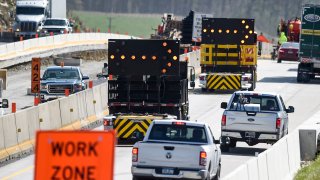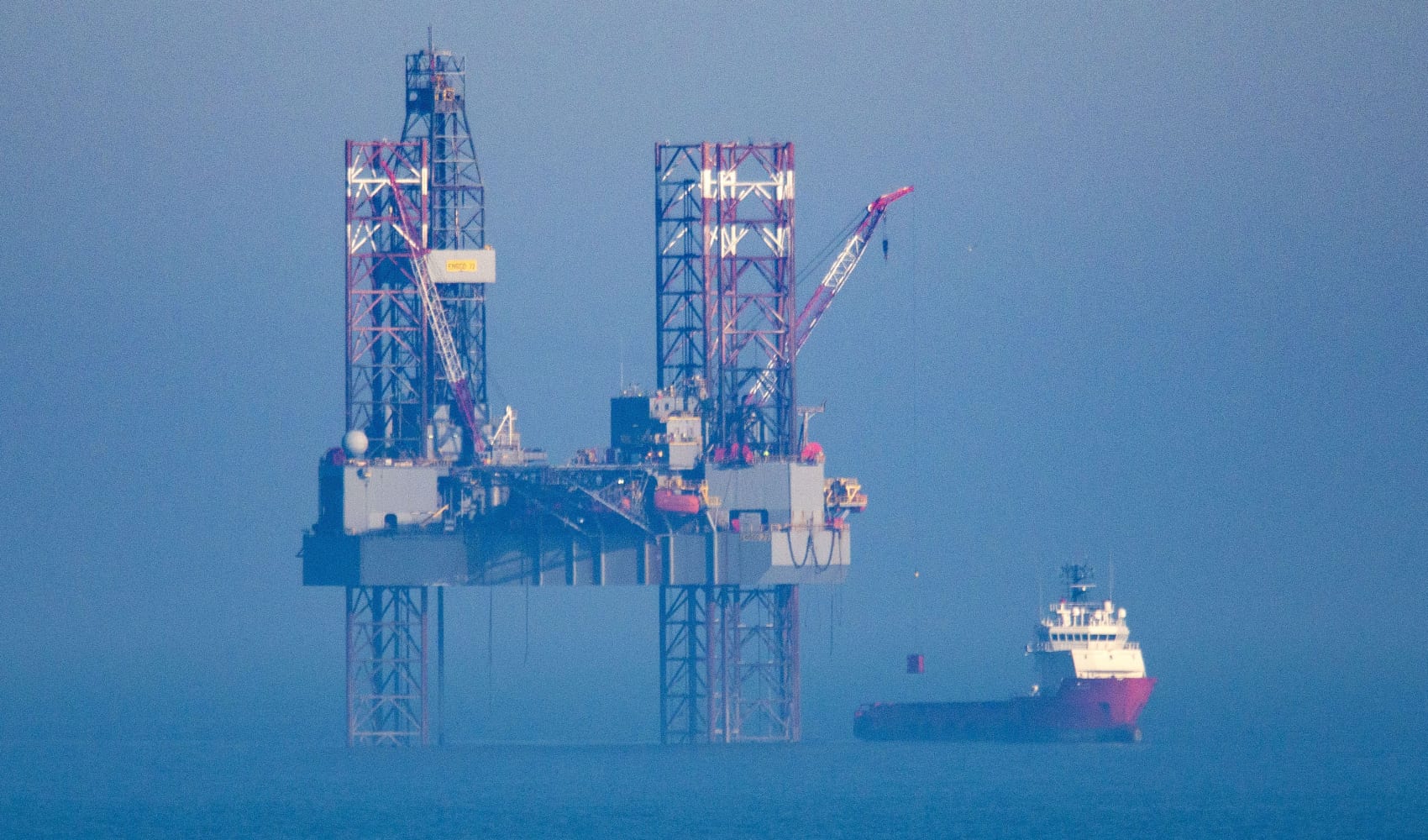
- A smart and targeted federal package to rebuild our crumbling infrastructure is a tremendous opportunity to make America competitive for the 21st century, but once again Republican and Democratic leaders are far apart on the details.
- Fortunately, I believe there is a clear path for a common-sense infrastructure compromise.
One of the things that has always made America exceptional is that when we see something that's broken, we go out and fix it — or at least we try to.
However, over the last few decades, while America's infrastructure has crumbled and gradually fallen behind the rest of the world, Washington has been too bogged down by toxic politics and partisan dysfunction to address this urgent priority that impacts every single American's daily life.
A smart and targeted federal package to rebuild our crumbling infrastructure is a tremendous opportunity to make America competitive for the 21st century, but once again Republican and Democratic leaders are far apart on the details.
Get a weekly recap of the latest San Francisco Bay Area housing news. Sign up for NBC Bay Area’s Housing Deconstructed newsletter.
While President Joe Biden has released a $2.3 trillion proposal that reads like a wish list of the far left and defines infrastructure as everything under the sun, Sen. Mitch McConnell, R-Ky., has expressed support for a $600 billion to $800 billion package that is limited to only traditional infrastructure like roads and bridges.
Fortunately, I believe there is a clear path for a common-sense infrastructure compromise. As chairman of the National Governors Association, I led a yearlong initiative focused on rebuilding America's crumbling infrastructure. Based on the input of governors from both parties, we released a series of recommendations for a federal infrastructure bill.
Unlike the Biden proposal, our framework is actually targeted towards real, physical infrastructure, but unlike the current Republican plan, we recognized that the infrastructure of the 21st century must also include investments in the future like broadband, grid modernization, resiliency and clean energy that will grow our economy and enhance our national security.
Money Report
I believe this approach would attract bipartisan support on Capitol Hill. Last month, I hosted an unprecedented summit in Maryland's historic capital of Annapolis that brought together a bipartisan group of over 20 governors, U.S. senators, and members of Congress to discuss how we can find common ground on a bipartisan federal infrastructure package.
Although we come from different parties and different levels of government, we came together in the shared conviction that any infrastructure bill will only be successful if both parties have a stake in its success.
At the conclusion of the summit, there was unanimous support for an infrastructure bill that invests in "physical assets, broadband, and energy technologies to position America to create good jobs and out-innovate our competitors around the globe in the 21st century."
When the Biden plan is narrowed to fit this more targeted scope, the price tag comes to a midpoint between the Democratic and Republican proposals.
Of course, that still doesn't resolve how to pay for it. But, even on this sticking point, there are common-sense solutions that have wide support in both parties.
In Maryland, instead of raising taxes, we've successfully leveraged public-private partnerships to finance transformative projects, including major road improvements to the Capital Beltway and building a new light rail line in the Washington, D.C., metro area.
Right now, there are trillions of dollars sitting on the sidelines that private-sector leaders are anxious to invest in infrastructure projects. We don't have to choose between doing nothing and passing massive tax hikes that would make America less competitive. Public-private partnerships have support from Republican and Democratic governors and have been endorsed by the House Problem Solvers Caucus — the largest bipartisan bloc in Congress.
The reality is that none of America's greatest challenges can be solved by one party or one level of government alone. The greatest barrier to a bipartisan infrastructure bill isn't disagreements on policy. There is no such thing as a Republican bridge or a Democratic tunnel.
The greatest barrier is mistrust. After years of escalating partisanship, too few trust the other side of the aisle to deal in good faith. And Americans are stuck paying the price in tires destroyed by potholes, hours lost due to delayed trains, and kids struggling to do their homework with inadequate broadband.
If we are going to meet the needs of the 21st century, then we have to break down the walls of mistrust that are at the root of Washington's dysfunction. And if we can't begin to do that on infrastructure — an issue where both parties agree more than they disagree — then it's hard to imagine where it can ever be accomplished.
In Maryland, we've already shown a better path. While Washington has been playing to the ideological extremes, I've found common ground with my overwhelmingly Democratic legislature, including passing the largest tax cut in state history to provide relief for struggling families and small businesses with near unanimous support, rebuilding roads, bridges, tunnels and transit, expanding broadband and investing in the grid, green energy and resiliency.
The question is not whether there is common ground to be found. The question is whether there still exists the will and the political courage to achieve it. Forging a bipartisan compromise on these issues will not be easy, but it can and it must be done.
Larry Hogan is the Republican governor of Maryland.






